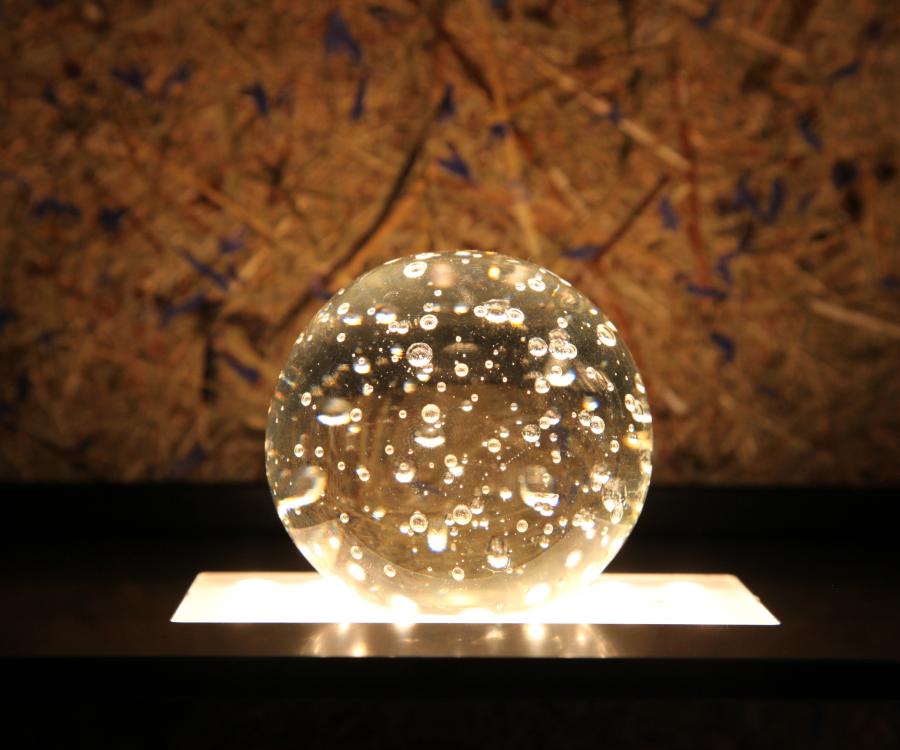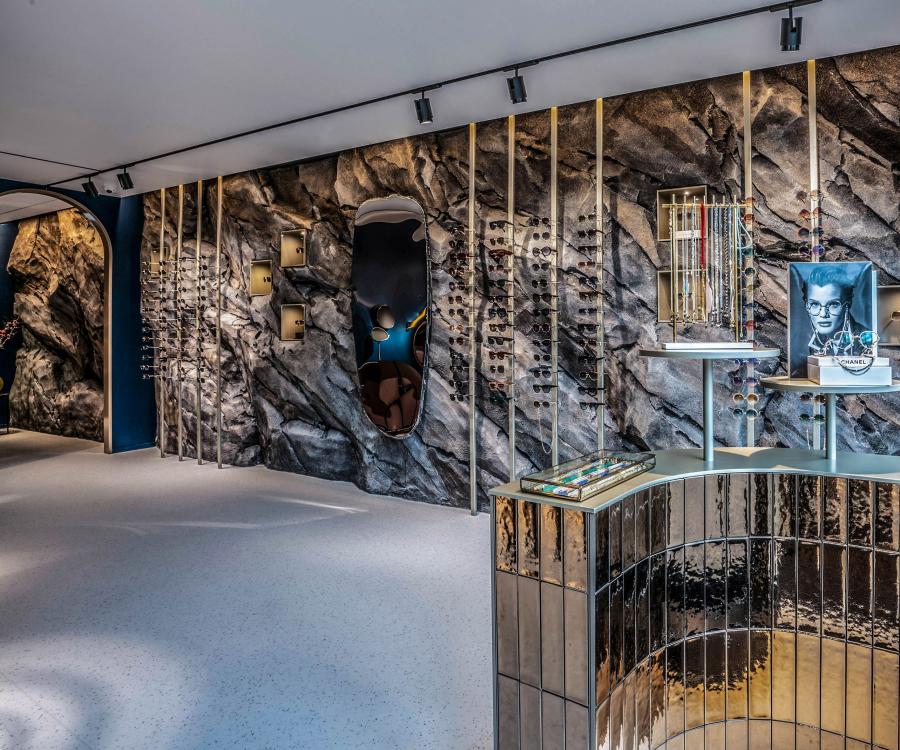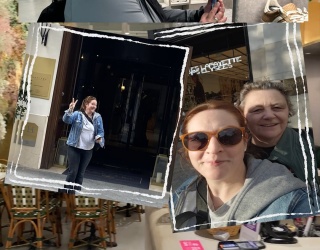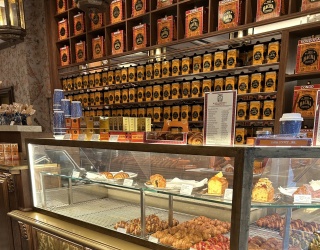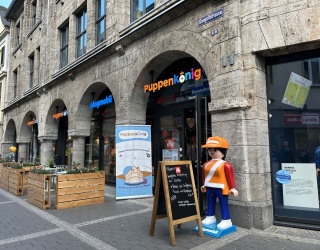Everyone is talking about omnichannel retailing - and that's a good thing. And we are talking about sensory experiences - and that's key. We live in digital times, and that’s why it is imperative not to tout a conflict between the analog and digital world, but to blend the notion of an analog intensity of experience with all imaginable layers of digital communications.
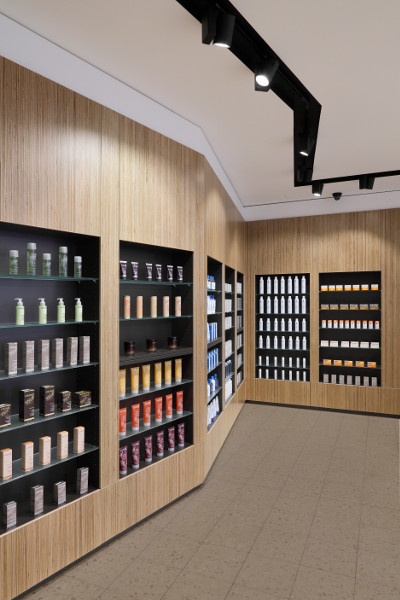
Yet one underestimated aspect so far pertains to the emerging requirement profile for the real experience, which only proves to be an interesting and attractive ingredient in this merger if it comprehensively appeals to consumers through a sensory experience.
And this is where the subject of light comes into play, as it is arguably the greatest efficiency factor: by integrating all of our senses, the right lighting can conjure up flavors and tastes on our tongues or scents in our noses. The right color temperature of light can make us think a sound is warmer, while light grazing can lead us to believe a surface texture is rougher than it is, and focused light makes objects appear brighter.
Holistic retail design teases a mood, a feeling through light - and then satisfies it at the respective sensory level.
Hence there is no universal 'right' light, but merely a 'light response' to a room setting that emerges from the precise analysis of brand values and messages - and does so in harmony with all other branded spatial environments and design features.
Interior design therefore always thinks about the big picture - and at the same time aims to express individuality and refinement that creates the emotional connection between user and product, making him or her sense: ‘I can be myself’. That’s because it is the only way we feel unique and special.
Light evokes something that isn’t necessarily palpably there. Yet it makes us feel emotions and touches us deeply from time immemorial, when the power of lightning strikes, the warmth of a fire, and the intimacy of candlelight was experienced by our ancestors.
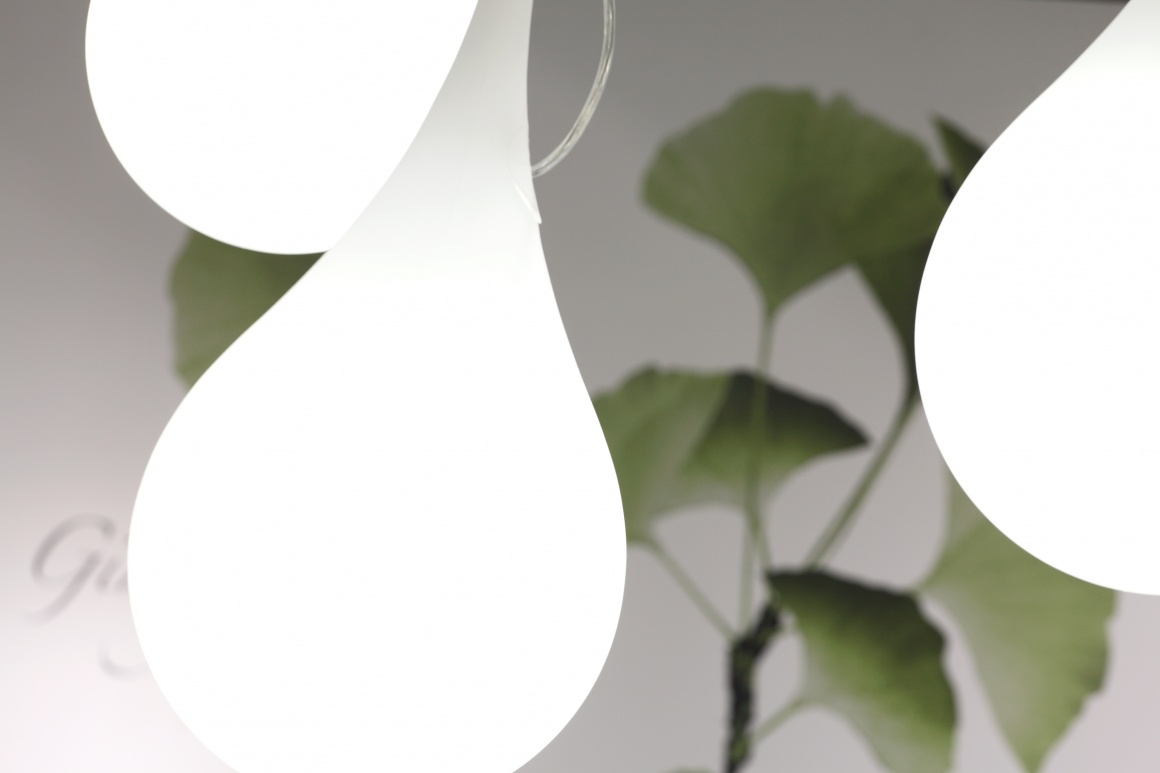
As a rule of thumb, good lighting doesn’t just brighten up a room, it also differentiates and accentuates. It deliberately attracts attention and focuses the gaze. This boosts the effect and – thanks to the resulting energy optimization – simultaneously makes an important contribution to sustainability. The aim is not to use more lighting, but to achieve increased effectiveness of illuminated surfaces and objects by creating distinct contrasts between light and dark surroundings. Simply put, one of the best recommendations for effective lighting design is to dare to play with shadows.
Light works on different levels – we highlight five of them here. Juggling all five is the key to a successful lighting plan.

ARCHITECTURAL LIGHTING is designed to give spaces a fundamental purpose. It highlights the unique qualities interior design has deemed the basis of visual merchandising: accentuating ceiling height, materials, spatial dynamics, charm and charisma of a space.
NATURAL LIGHTING (also known as daylighting), bridges the gap between the outside and inside worlds, it allows us to experience a little piece of nature (architecture permitting), but definitely lets us sense that we are not fully in an artificial environment but experience a great moment in real life.
As a light source, TECHNICAL LIGHTING takes a back seat and lights up everything that’s important in visual merchandising. It is very flexible in terms of space, variable in luminous color, can appear overall dimensionally flat or narrowly focused. Easy-to-replace lamps and optics make this possible, while powerful LED lights and precision reflectors conjure up effects in the skillful hands of the lighting planner, they dramatize or objectify and make things seem cheerful or opulent.
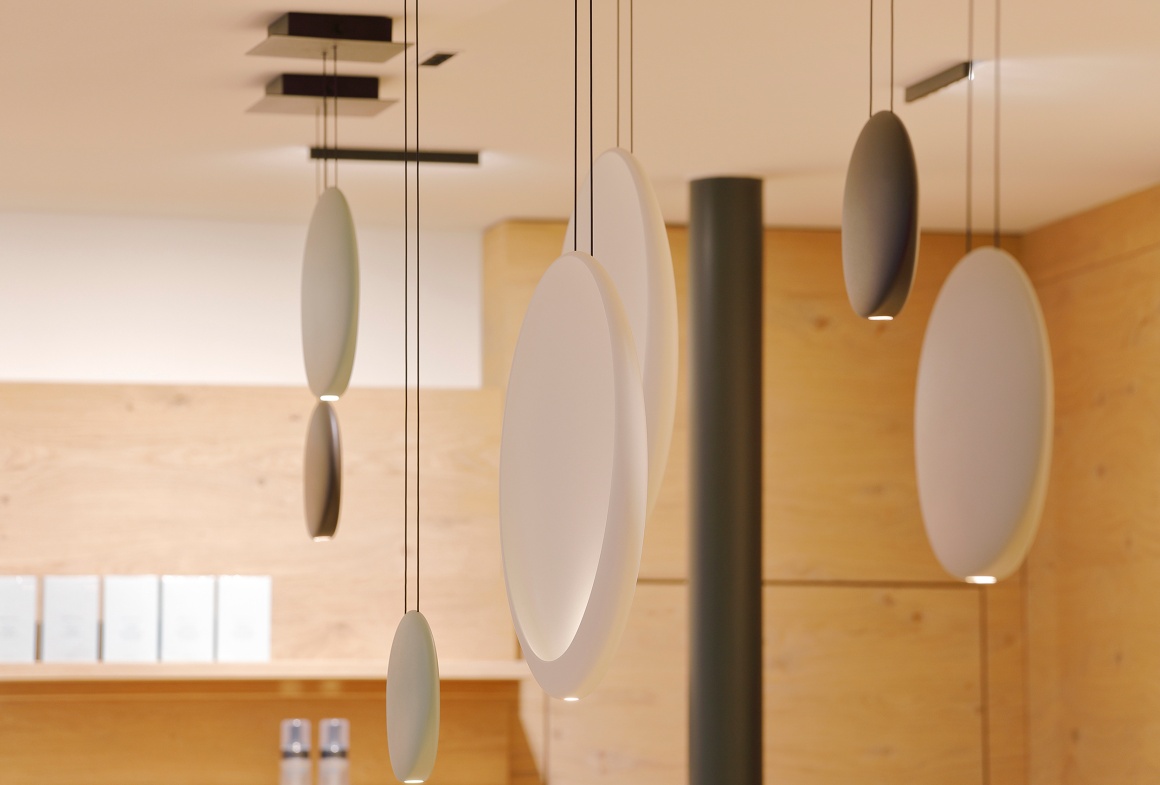
ATMOSPHERIC LIGHTING is intrinsically tied to the lighting fixture as an object. We need this source of light to feel naturally at ease - even if its generated intensity may be brought about by a more technical light component. The luminaire as a lighting object shapes the style and tone of a situation and occasionally of the overall room. Unfamiliar arrangements and a departure from the familiar clichés of the conventional application are often more powerful than upscale light fixtures.
VARIABLE LIGHTING is still not anchored in the general mindset. Meanwhile, lighting planning today means thinking in sets and building lighting for scenes. This is a great opportunity for controlled lighting designs. It allows you to not only control the intensity of individual LEDs, but to manage the interaction between individual effects.
All told, it becomes apparent that lighting is not an add-on, but the prominent factor that helps make design powerful.


